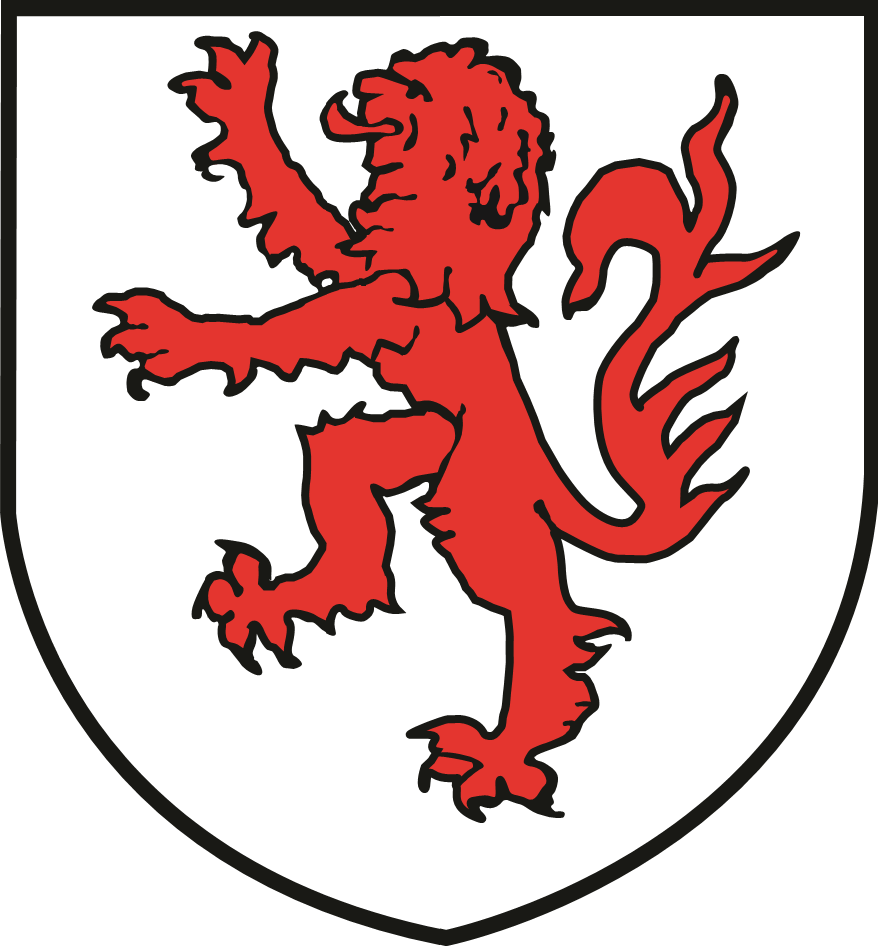In 1643 Grand Master De Paule was informed that preparations were being made for an attack on Malta. Therefore a military engineer was sent for to investigate what was to be done regarding the defense of the island. Architect Pietro Paolo Floriana came and pointed out the need for the construction of new lines of fortifications where eventually Portes des Bombes and the Crown Works were constructed. In the space between these fortifications and City Gate emerged the new suburb of Floriana.
In this open space many important buildings were erected during the times of Grand Master Vilhena. It was this Grand Master who built for himself a small lodge which later was used as a market. Today this building is known as Montgomery House, known also as the headquarters of Middlesea Insurance.
Floriana continued to develop with more buildings. Up to 1830 during the British period, there were 1,133 houses with 5,666 individuals. After the Second World War many open spaces were filled with more building. The census of 1985 registered 3,327 residents in Floriana. Afterwards there was a drop in the resident population. The beautiful buildings and gardens found in Floriana however remain.
Among these there are the Argotti Gardens where medicinal herbs were planted to be used by the Hospitalier Knights of Saint John. St Philip’s Garden, known as the Generals’ Garden, forms part of the private section of the Argotti. This garden stretches on a lower level of the main garden and its entrance is at the side of the main entrance, leading to an old fountain originally placed at the Palace Square. In front of the Argotti Gardens there is a fountain commemorating water delivery to Floriana and Valletta during the times of Grand Master WignacourtFloriana Gates.
Further down this area one finds the Archbishop’s curia, formerly the seminary. Infront of this building there is the Police General Headquarters, originally intended to be Malta’s General Hospital.
Back to the vicinity of the Argotti gardens there is another garden known as il-Mall, built by Grand Master Lascaris in 1656 for the recreation of the knights who played a ball game known as il maglio. During the times of Sir Alexander Ball, trees and flowers were planted, and the garden was open to the public. After the Second World War the wall surrounding this garden was pulled down, giving a better view of the garden. In this place we find various monuments commemorating prominent Maltese personalities such as Prof. Luigi Preziosi and Sir Filippo Sciberras.





